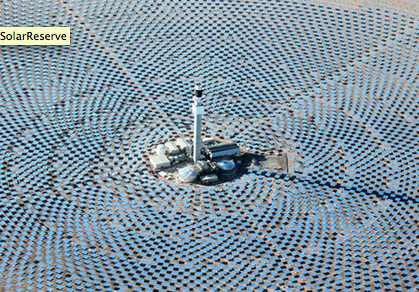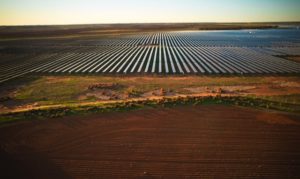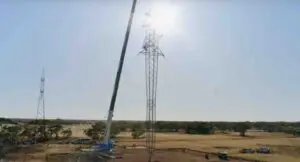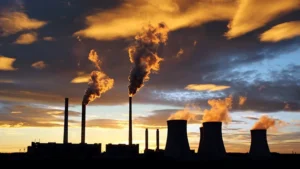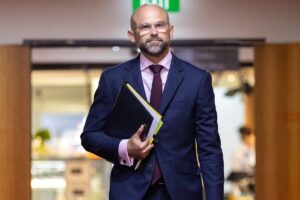WA Greens Senator Scott Ludlam has renewed calls for the state to develop a 24-hour solar thermal power plant, buoyed by new research showing it would provide a cheaper source of energy than fossil fuels in the coming decade.
“In just 12 months, the cost of renewables has dropped so much it is now cheaper to deliver energy by renewables than by coal and gas,” Ludlam said on Thursday, at the release of the independent research.
An update of the WA Greens’ Energy 2029 study, originally released a year ago, has found it would now cost the same, or be cheaper, to reach 100 per cent renewable electricity by 2029 than to continue with business as usual (by Levelized Cost of Energy).
“Runaway advances in solar, wind and other clean energy technologies have caused costs to fall rapidly,” says the report. “The Greens believe Australia should invest in the next generation of clean, affordable energy infrastructure.”
One example of this next generation energy infrastructure Ludlam is particularly keen on for WA is concentrating solar power, or solar thermal. Last year, the Senator was successful in encouraging US CSP developer Solar Reserve to set up their first Australian office in Perth.
In February, the California-based company began commissioning of its Crescent Dunes solar tower power plant – the biggest of its kind in the world.
The 110MW utility-scale project near in Nevada is five times bigger than other pilot and demonstration projects that have tested molten salt technology and, with storage incorporated, is contracted to deliver electricity to Las Vegas between the hours of noon and midnight.
If re-elected, Senator Ludlam has vowed to push for his state’s own version of Crescent Dunes: “By the end of my second senate term, my aim is to have the first of these solar energy power stations up and running in WA,” he said on Thursday.
Beyond Ludlam’s post-election plans, the WA Senate rerun could have huge implications for the renewables sector – both state and national. If, as some have predicted, it results in an even left/right split (Liberal Party three seats, Labor two, the Greens one) it could hamper the Abbott government’s attempts to repeal the carbon tax and dissolve the Clean Energy Finance Corporation.
As we wrote last week, solar has featured as an election issue, thanks in no small part to the Australian Solar Council’s Save Solar in WA campaign, which launched daily TV advertisements and planned to ramp these up in the final week of the campaign.
“If our campaign helps secure the numbers in the Senate, the solar industry will be in a powerful position,” CEO John Grimes said. “We will have clearly shown that solar shifts votes – to the voting public as well as in the parliament.”
Meanwhile, Ludlam says the government’s own research shows that, since 2013, the operating costs of renewable energy have fallen: 18 per cent for onshore wind; 20-30 per cent for tracking solar PV; and 8-27 per cent for concentrating solar power (solar thermal). Overall, renewable energy operating costs have fallen about 20 per cent.
The new figures would not be welcome news to WA utilities, coming hard up against recent warnings that the Western Australian state’s electricity grid could be the first to fall victim to the so-called energy “death spiral,” due to a widening of the gap between the cost to generate, transmit and sell electricity and the charge to consumer.
As we wrote in January, the WA grid has helped create its own death spiral by failing to recover the cost of its largely fossil-fuel generated electricity from the consumer. The costs keep rising, and electricity demand has fallen so low that the major utilities may be forced to pay for generation they will never use.
This has, in turn, made rooftop solar PV a “no-brainer” for WA households. Whether it becomes a “no-brainer” for the utilities, and the government owners, and whether they can see how they can adjust their business models to suit, remains to be seen.

